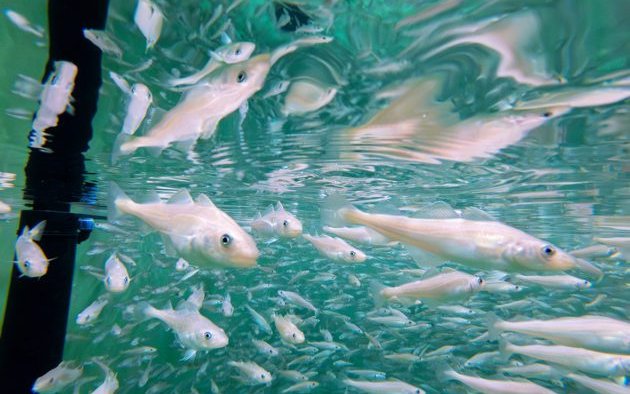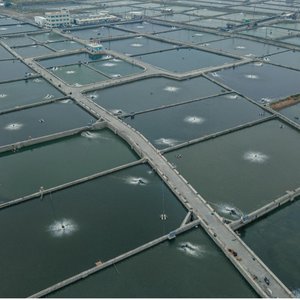Nofima runs the Norwegian national breeding program for cod, and supplies fertilized eggs to cod farmers. Many farmed cod reach sexual maturity prematurely and researchers have recently found that breeding for growth results in fewer spawnings.
For six generations, researchers have been breeding for growth and have reduced the number of cod spawnings during the 20 months at sea before slaughter weight from three down to one.
More recently, Nofima breeding scientist Anne Kettunen led a major trial. She tested the extent of early sexual maturation on more than a hundred full-sibling families in net pens in Nordland. The study showed that 84% of females and 91% of males reached sexual maturity at two years of age when they were not managed with light. Calculations show that there is considerable genetic variation in early sexual maturation in cod. Thirty-three percent of the trait depends on genes, the rest on the environment.
“This means that it is possible to breed for a lower frequency of early sexual maturation, and thus further reduce the risk of spawning in net pens. In Nofima’s breeding work, we are looking for several solutions, and breeding is one of them. Of course, production management at the fish farms is also part of the solution,” said Kettunen.













